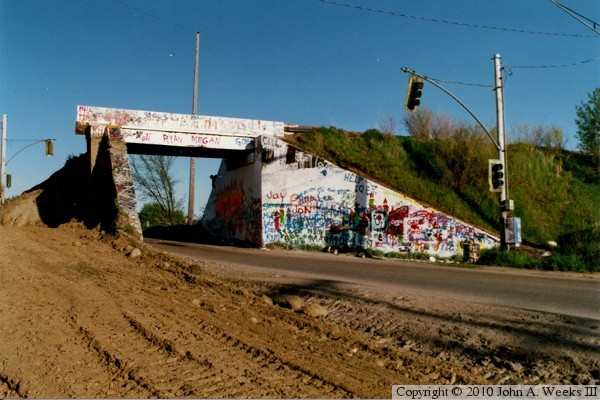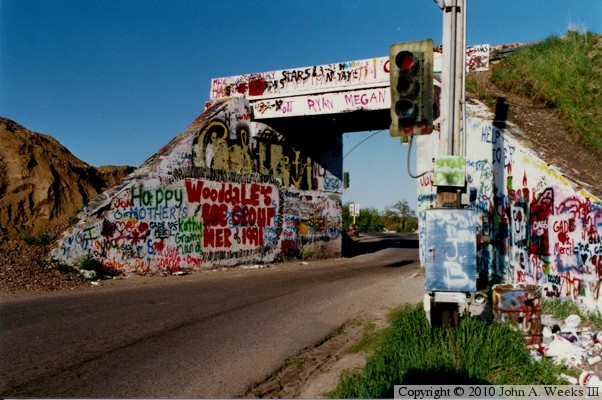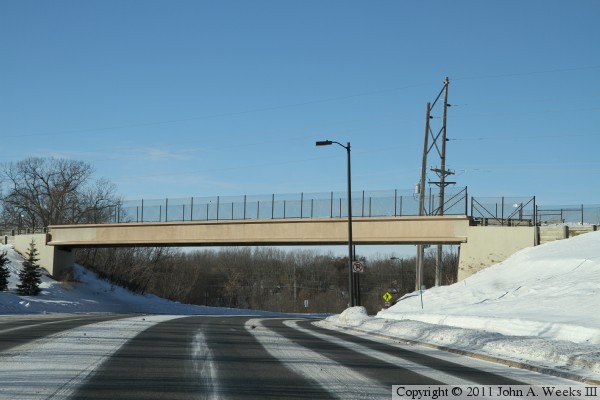The Minneapolis & Saint Louis Railway built a line between Hopkins, MN, just west of downtown Minneapolis, south towards Saint Louis. The track through Eden Prairie was laid in November of 1871. The railroad never made it to Saint Louis, but it did pass through Carver, Mankato, and Mason City, Iowa. The M&StL was not a strong railroad. It spent many years in bankruptcy and was later acquired by the Chicago & North Western in 1960. The traffic on the line dwindled in the 1970s and 1980s. By 1990, only one train per day used the route. That train was operated by the Soo Line to haul grain to a malting plant.
While the railroad was in decline, Eden Prairie's star was rising. Once referred to as ‘Endless Prairie’, the population of the village hardly grew from 750 in 1880 to 2,000 in 1960. However, as the metro area expanded outward, Eden Prairie grew to be one of the larger cities in the state with a current population of over 60,000 people. The city has a mix of rural roots and high tech industry that makes it feel simultaneously like both a small town and a large city. Money Magazine agrees, naming it the best place to live in America in 2010.
The bridge started to be known as Graffiti Bridge in the late 1960s when protesters expressed their anti-war views by painting peace signs on the bridge. Over time, more and more graffiti was painted on the structure. The bridge had a reputation as a place where locals could express their views, or just put up some impromptu artwork. That artwork would be short-lived, however, as the site grew in popularity, the bridge abutments would often be painted over in as little as a week. From time to time, the city would repaint the entire bridge white to wipe the slate clean.
The issue with Graffiti Bridge is that it was narrow, too narrow for two lanes of traffic. As Eden Prairie grew, Valley View Road became a major through street. Stop lights were installed to regulate traffic, but that caused long backups as traffic levels grew to 11,000 vehicles per day in 1990. The city had already upgraded Valley View to four lanes east of the bridge, and wanted to continue the lanes to the west. An agreement was worked out with the C&NW to abandon the railroad line, and the bridge came down in May of 1991.
The photos above and below are looking east towards the west side of Graffiti Bridge on a late spring afternoon in May, 1991, just before the bridge was taken down. These photos were scanned from 4 x 6 color prints.






